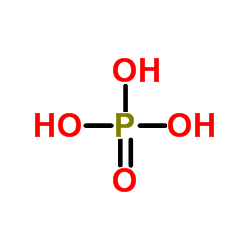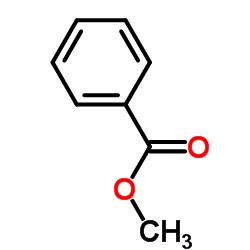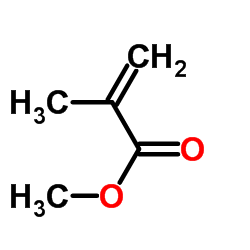| Structure | Name/CAS No. | Articles |
|---|---|---|
 |
Phosphoric acid
CAS:7664-38-2 |
|
 |
4,N,N-Trimethylaniline
CAS:99-97-8 |
|
 |
Isoflurane
CAS:26675-46-7 |
|
 |
calcium dihydroxide
CAS:1305-62-0 |
|
 |
Methyl benzoate
CAS:93-58-3 |
|
 |
Methyl methacrylate
CAS:80-62-6 |
|
 |
Butyl methacrylate
CAS:97-88-1 |